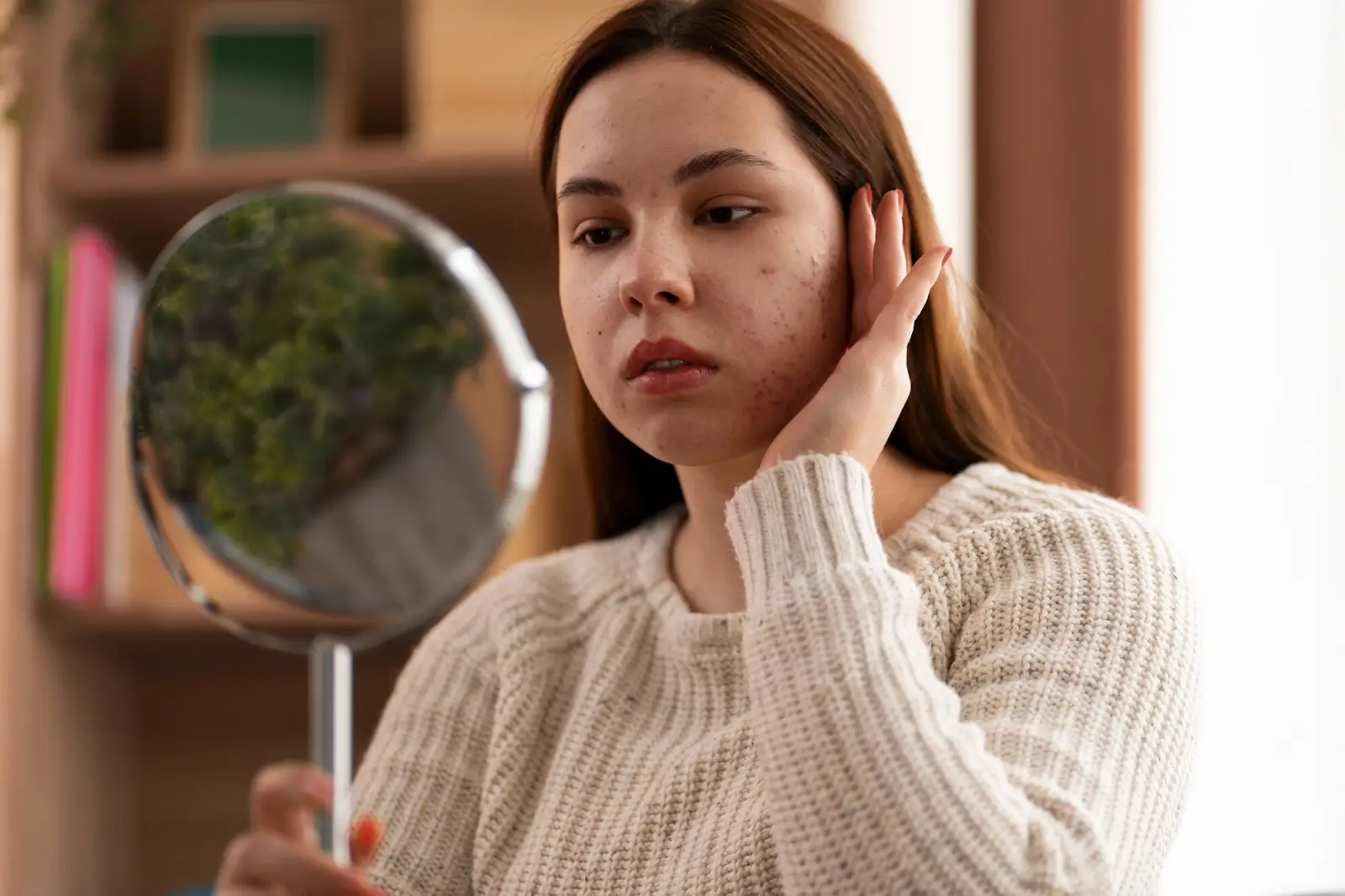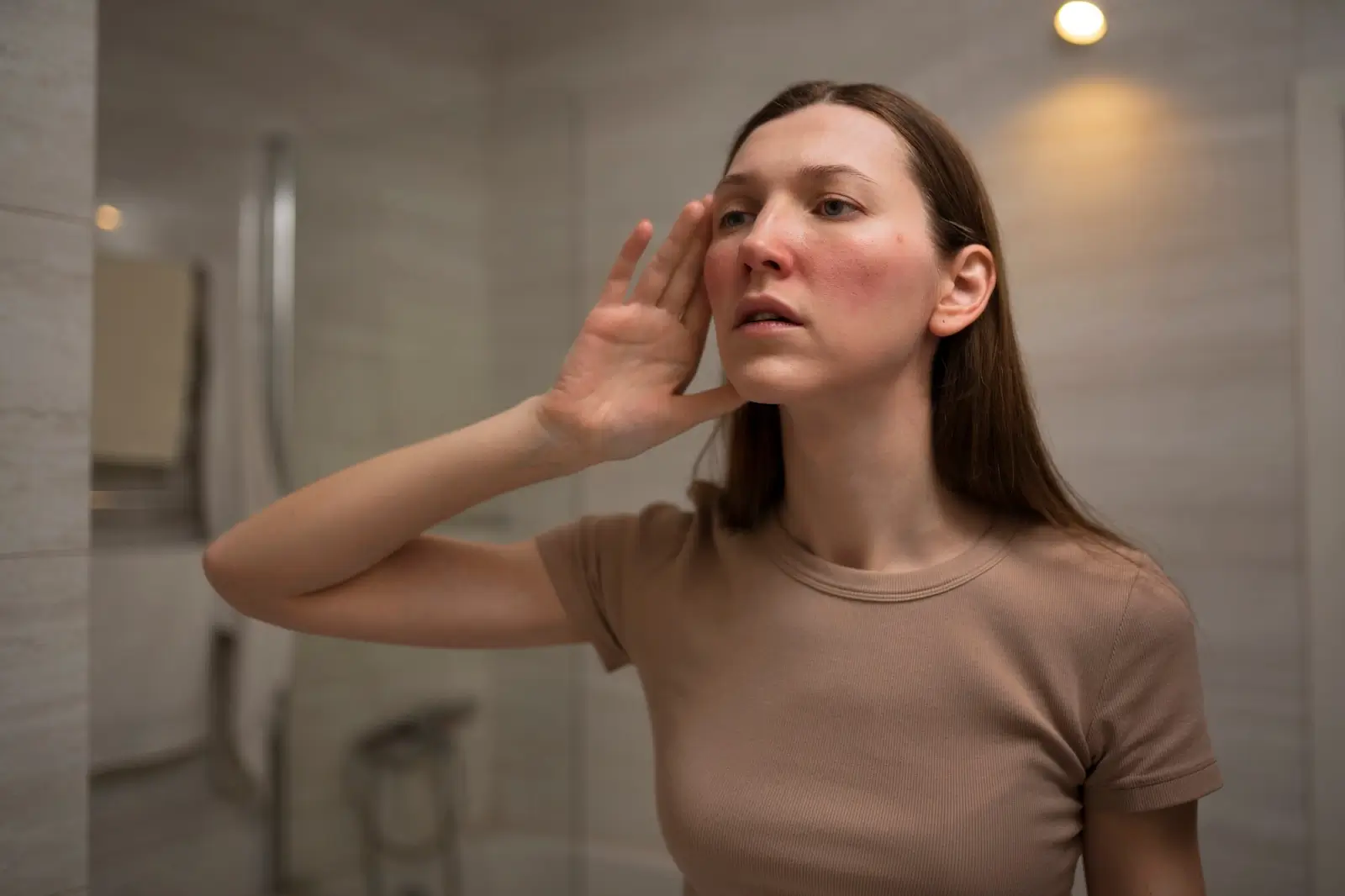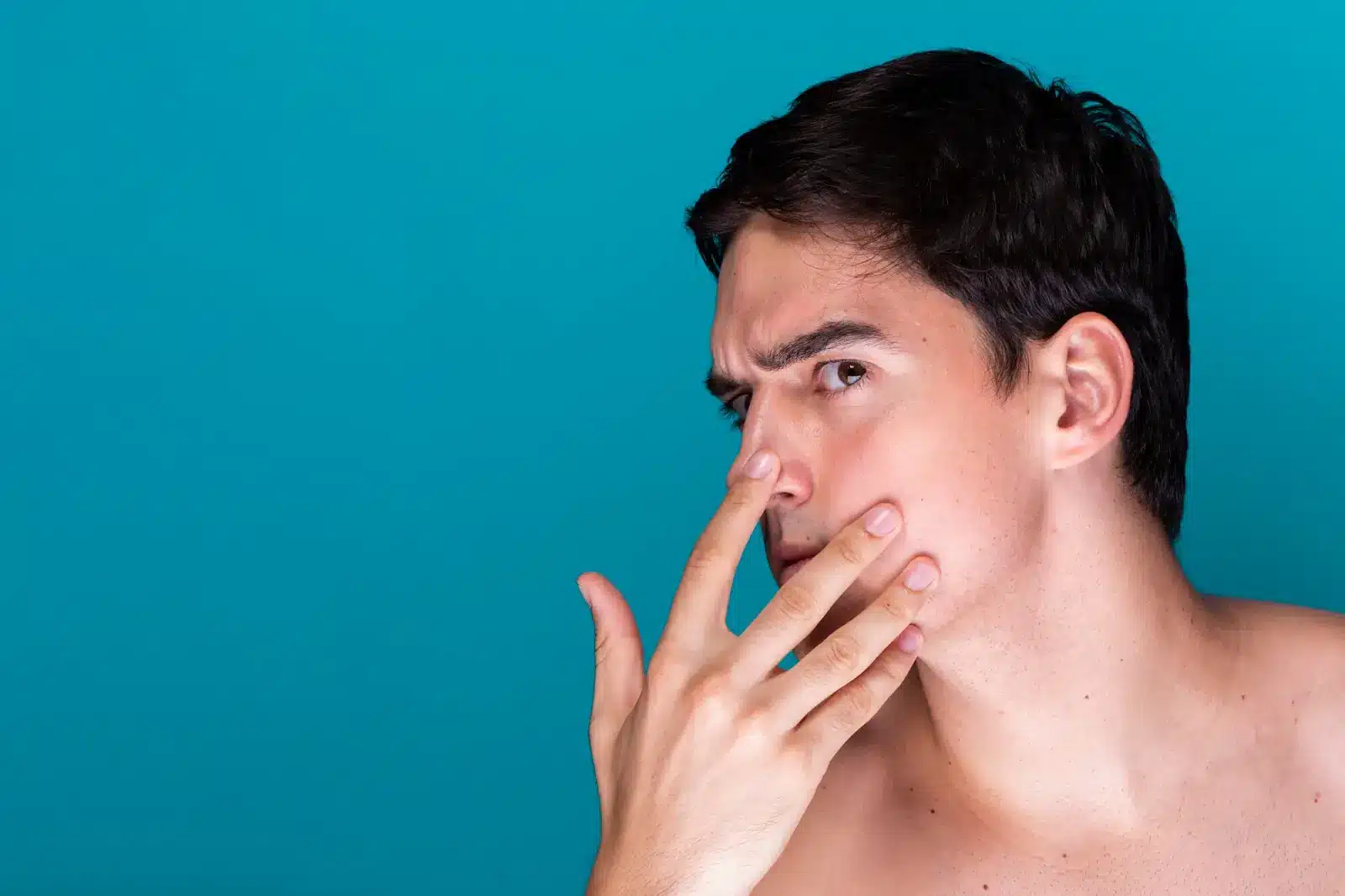
Dermal fillers are widely used for facial and body contouring, and while they are generally safe, side effects can still occur. A review in Aesthetic Plastic Surgery highlights that mild, temporary reactions are common, though exact rates vary depending on the type of filler and the study. More serious complications, such as vascular occlusion, are rare but require immediate attention.
HYAcorp, a hyaluronic acid-based filler, is frequently used for both facial and body enhancements. As with any injectable treatment, proper technique and thorough patient assessment are essential to minimize risks and ensure safe, effective results.
This article will explore the common side effects of HYAcorp fillers, how to prevent complications, and best practices for managing adverse reactions, providing professionals with the knowledge needed to enhance patient safety and outcomes.
Key Takeaways
- Complications from HYAcorp fillers can be mild (swelling, bruising), moderate (lumps, prolonged swelling), or severe (vascular occlusion, infection, allergic reactions).
- Thorough patient assessments, appropriate filler selection, sterile injection techniques, and comprehensive aftercare instructions are essential to minimizing risks.
- Cold compresses and antihistamines can manage swelling and bruising, while gentle massage or hyaluronidase can treat lumps. Infections require antibiotics, and vascular occlusion demands immediate intervention.
- Studies on HYAcorp fillers for body contouring have shown high patient satisfaction and minimal side effects, affirming their safety when administered correctly.
- Educating patients about aftercare and potential complications is crucial in enhancing safety and satisfaction with treatment outcomes.
- Selecting skilled injectors and following proper techniques significantly reduces complication risks associated with filler treatments.
About: Doctor Medica is your trusted supplier of top-quality dermal fillers, viscosupplements, and more for your medical practice. We offer genuine products from leading brands at the lowest prices. Contact Doctor Medica today to order Hyacorp fillers online.
Categorization of Potential Complications

While HYAcorp fillers are generally well-tolerated, complications can still occur. These issues range from mild and temporary to more serious concerns that require medical attention. Knowing how to categorize and address them is essential for ensuring patient safety and successful outcomes.
Mild Complications
Most patients experience minor, short-term reactions after filler injections. These typically resolve on their own within a few days:
- Swelling and Bruising: Common side effects that usually fade within a few days.
- Redness or Sensitivity: Mild irritation at the injection site, often disappearing within 24 to 48 hours.
Moderate Complications
Some reactions may take longer to resolve and may require intervention for best results:
- Lumps and Irregularities: Uneven distribution of the filler can create small bumps or asymmetry, often improved with gentle massage or minor corrective treatments.
- Prolonged Swelling: While swelling is normal, some patients may experience persistent puffiness for weeks, especially in sensitive areas like the lips or under-eye region.
Severe Complications
Though rare, some complications require immediate medical attention:
- Vascular Occlusion: A serious condition where the filler blocks a blood vessel, which can restrict blood flow and, in severe cases, lead to tissue damage (necrosis).
- Infection: Poor injection technique or improper aftercare can introduce bacteria, causing swelling, pain, and redness beyond the expected healing period.
- Allergic Reactions: While uncommon, some patients may develop hypersensitivity to hyaluronic acid-based fillers, which can lead to persistent swelling or irritation.
Prevention Strategies and Patient Selection
The best way to manage complications is to prevent them through proper patient selection, technique, and aftercare.
- Comprehensive Patient Assessment: Identify contraindications such as allergies, autoimmune disorders, or active skin infections.
- Selecting the Right Filler: Different HYAcorp formulations are designed for specific areas; using the appropriate product minimizes risks.
- Sterile Injection Techniques: Ensuring a clean environment and proper handling reduces infection risk.
- Avoiding Vascular Areas: Knowledge of facial and body anatomy helps prevent vascular complications.
- Patient Aftercare Education: Advising patients on proper post-treatment care reduces the likelihood of swelling, bruising, and infections.
Management Protocols for Adverse Events

While treatments like HYAcorp breast fillers are generally well-tolerated, minor side effects and rare complications can still occur.
Swelling and Bruising
Swelling and bruising are among the most common side effects after treatment, but they usually resolve within a few days. To minimize discomfort and speed up healing:
- Apply a cold compress immediately after treatment to reduce inflammation.
- Use oral antihistamines or arnica gel to help with swelling.
- Follow proper aftercare to prevent prolonged bruising or irritation.
Lumps and Irregularities
Small lumps or irregularities may form if the filler isn’t evenly distributed. In many cases, these can be smoothed out with gentle massage. However, if the issue persists:
- A hyaluronidase injection may be needed to dissolve excess filler.
- Choosing a skilled injector and following post-treatment care can help prevent this issue.
Infections
Although rare, infections can occur if sterile protocols aren’t followed or if aftercare instructions are ignored. Symptoms may include redness, swelling, and pain beyond the normal healing period. Treatment options include:
- Oral antibiotics for mild cases.
- Abscess drainage under sterile conditions for severe infections.
- Immediate intervention to prevent complications from worsening.
Vascular Occlusion (Rare but Serious)
A vascular occlusion occurs when filler blocks a blood vessel, potentially leading to tissue damage. Early detection is crucial. Warning signs include:
- Blanching (whitening of the skin) or severe pain at the injection site.
- Immediate action is required:
- Stop the procedure immediately.
- Inject hyaluronidase to dissolve the filler.
- Apply warm compresses and consider aspirin therapy to improve circulation.
Case Studies and Expert Opinions
A multicenter study in Italy and the UAE assessed the long-term safety of HYAcorp fillers for gluteal augmentation. 91 participants aged 22-53 reported no severe adverse events. Mild side effects resolved within a week. Over 4 years of follow-up, patients and investigators noted high satisfaction, confirming HYAcorp’s safety and effectiveness for body contouring.
Another multicenter study evaluated the safety and effectiveness of HYAcorp MLF2 for noninvasive gluteal augmentation. Among 35 patients, 94% reported high satisfaction, with minimal side effects like swelling and redness, resolving within 2–7 days. Physicians rated outcomes as “very good” or “good,” confirming HYAcorp’s safety and consistency across different practitioners and injection sites.
Conclusion
HYAcorp fillers offer a safe and effective option for body contouring, but like any aesthetic treatment, they come with potential risks. Practitioners can enhance patient safety and satisfaction by understanding possible complications, implementing preventative measures, and ensuring treatments are performed by experienced injectors. Proper aftercare and patient education also play a crucial role in minimizing risks and achieving optimal results.
FAQs
1. What is the most common complication with HYAcorp fillers?
The most common issues include temporary swelling, bruising, and mild redness at the injection site. With proper aftercare, these typically subside within a few days.
2. How can I reduce the risk of lumps after HYAcorp treatment?
Practitioners help prevent lumps by using the proper injection technique and gently massaging the area after treatment. If lumps persist, hyaluronidase can dissolve excess filler.
3. What should I do if I experience prolonged swelling or pain?
If swelling lasts beyond two weeks or is accompanied by severe pain or discoloration, consult your practitioner immediately. Anti-inflammatory medications and lymphatic drainage massage may help.
4. Are HYAcorp complications permanent?
Most complications are temporary, and patients can manage them with proper medical intervention. Severe cases, such as vascular occlusion, require immediate treatment to prevent long-term effects.
References
Kyriazidis I, Spyropoulou GA, Zambacos G, et al. Adverse Events Associated with Hyaluronic Acid Filler Injection for Non-surgical Facial Aesthetics: A Systematic Review of High Level of Evidence Studies. Aesthetic Plastic Surgery. 2023;48(4):719-741. doi:10.1007/s00266-023-03465-1
Beleznay K, Carruthers JDA, Humphrey S, Jones D. Avoiding and treating blindness from fillers. Dermatologic Surgery. 2015;41(10):1097-1117. doi:10.1097/dss.0000000000000486
Related Articles
Joanna Carr
Is HYAcorp Suitable for Lip Augmentation? An In-Depth Analysis
Can HYAcorp achieve natural-looking lip augmentation? Dive into its safety, effectiveness, and expert techniques for enhancing lip volume. Compare it ...
Joanna Carr
Powerfill Side Effects
Explore the list of Powerfill side effects, covering potential risks and reactions, to ensure safe and informed treatment decisions.
Joanna Carr
Synvisc Injections For Hips – Is It a Good Treatment?
Synvisc injections are commonly used to treat hip osteoarthritis (OA), offering relief by providing lubrication and cushioning to the joint.


